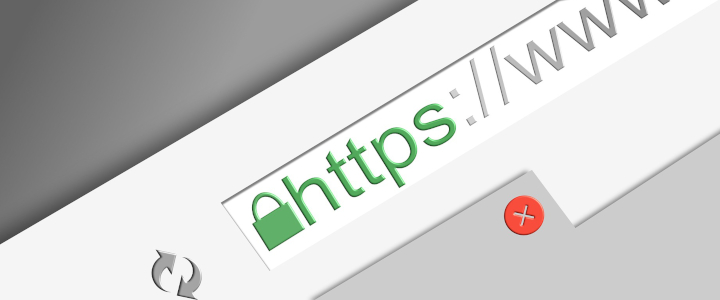Brand awareness indicates how familiar consumers (both current and future users) are with a particular brand or organization. A brand awareness campaign is aimed at increasing that awareness favorably amongst the public and to differentiate the brand or organisation from its competition. A brand awareness campaign is aimed at increasing that awareness favorably amongst the public and to differentiate the brand or organisation from its competition.
A growing business therefore needs to get its name and unique offer out there for customers to recognise. This can be in the form of a memorable name, domain name, logo, phrase, offer or a combination of these.
It builds familiarity and trust. And it makes the business stand out from its rivals.
Brand awareness can make or break a business. Businesses devote time and money to getting word out, both online and offline.
Those efforts should have immediate attention-grabbing impact initially and then generate long-term reinforcement to build on that awareness and trust.
So where do short links come in to increasing brand awareness?
Short links present several advantages to grab and retain attention and build trust. Here are a few.
Short links can be customized
Short links should not use the domain of the link shortener provider, nor should they end in a random mix of upper/lower case letters and numbers. That’s not the way to establish brand identity.
Short links can be made to be very brand specific. Most link shorteners allow you to use your own domain or a sub-domain. And instead of the short link ending in a jumble of characters it should be human-readable and on-topic. These branded and topical short links become business assets - they increase brand familiarity, limit confusion, and create a more professional feel.
Using your brand's domain on every link you share builds familiarity. More is always better when trying to spread the word, or brand identity. This establishes the idea that the brand is more established, and buyers tend to go for brands that appear more solid.
Good short links should be customized for their specific purposes. For instance, if you share unshortened clickable links to an online shopping site’s products that you are promoting then the user will see a list of random looking URLs. Replace those links with short URLs containing your brand and human-readable detail and users will thank you for making it simple for them. This builds brand loyalty.
So, always use branded links. Always display or share a link that has your brand, not that of another businesses. Use your domain, followed by text that states what is being linked to. Do this instead of using off-brand links and long complex links. Keep it simple.
Short Links Build Trust
Very long links containing a string of random and and clearly tracking-related characters will often look suspicious to users. Users know how easy it is to be directed down a dodgy path or get exposed to hacking or viruses. Totally incomprehensible long links are often associated with underhand tactics and should be best avoided while establishing the trustworthiness of your brand.
Every time your brand is visible in a link it adds a bit of trust. The brand identity gets reinforced and users will be less likely to be wary of clicking.
Go Where The Tracking Takes You
It is as important to know where to build brand awareness as it is in how to do it.
Brands need to know which platforms bring the most and the best engagement. Without that knowledge, and trends, the effort and money invested are wasted.
It is possible to add additional marketing tracking to short codes – a level of tracking over and above that available from the original platform. By adding these tracking tags on every link, the shortened link platform provides information on how users got to your site and how many users click through and eventually convert.
Knowing customer behavior allows you to make informed and more educated decisions on where to focus marketing – and what the demographics are of those users with an affinity to your brand.
Short Links Strengthen Visual Ads
Any visual form of ad you display on a physical item or surface is perfect for a short link.
Short links can be used on printed or displayed ads, leaflets, coupons, business cards, products, instruction manuals, merchandize (caps, mugs, shirts, golf balls), Youtube videos, billboards, buildings, bus shelters, etc.
We cannot expect users to remember or type in lengthy or complex codes – the shorter the better.
These links serve as long-term ads, giving your brand a reach that travels with the items and provides brand growth for days, weeks, months and potentially years into the future. Potential customers may not necessarily use the short links immediately, but they visually reinforce your brand until the day they, or someone else they get passed on to, uses them.
The power of these links also comes from the fact that every future use of it will be tracked. You can see where the ad travels to and where and when it gets used. Additionally, by setting them up as customized, perpetually fresh short links they will never age. They will always take the user to the latest, active page and a potential conversion opportunity.
Short Links Build Brands
Short links provide a great way to spread your brand name far and wide. They provide visibility and constant reminders of the brand’s availability, access, longevity and trustworthiness. Customers find them easy to relate to and simple to use, online and offline.
The true power of using short links for brand building lies in the back end. The brand’s marketers immediately have access to detailed tracking tools and analysis. Short links can also be customized to be easy to use and to remain usable and relevant as their target web pages change over time.
Short Links Build Brands.

